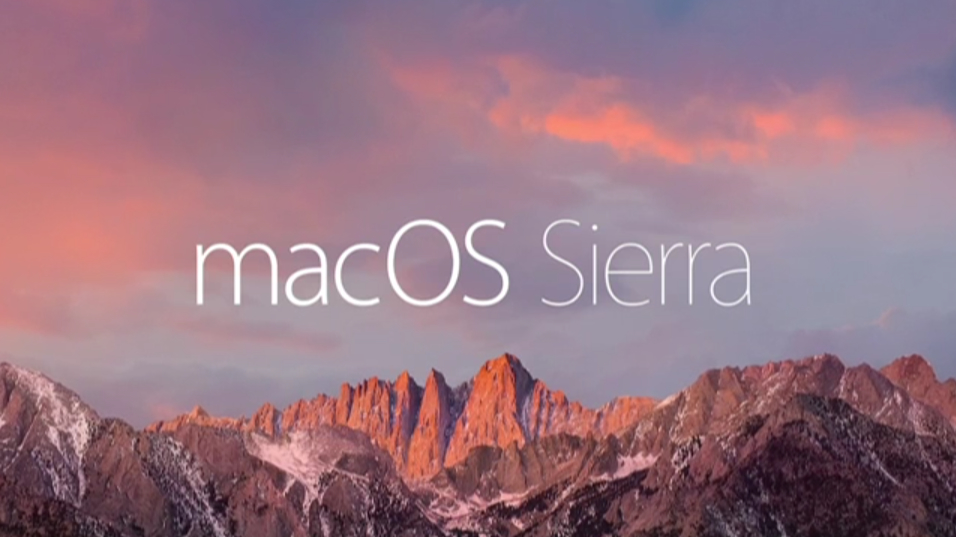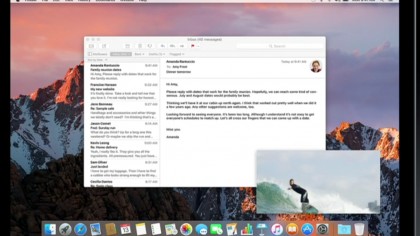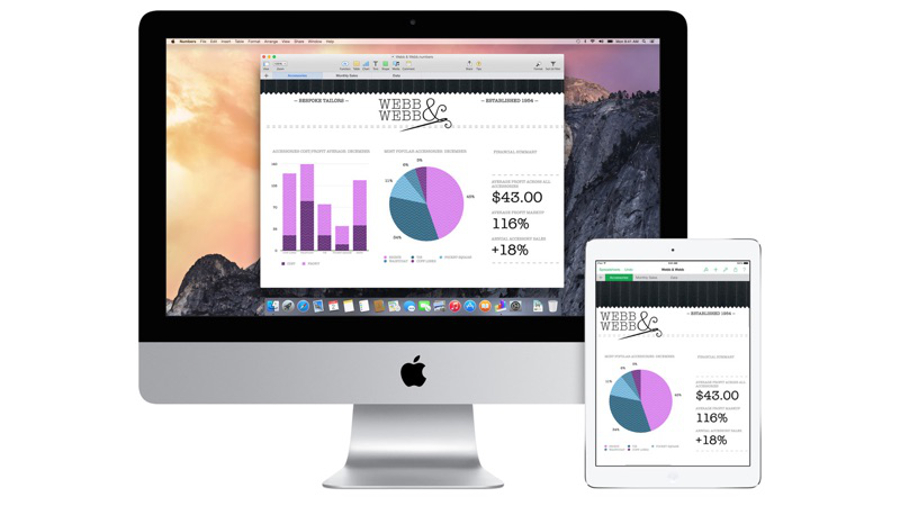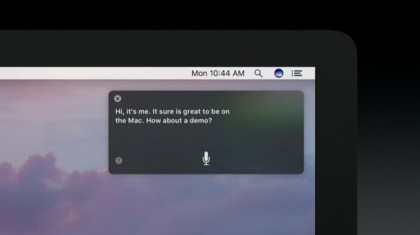How macOS Sierra brings Apple's devices closer than ever
It's all about Continuity

Apple has used WWDC to usher in a new era on the Mac. As the rumor mill predicted, the Cupertino company has renamed its desktop operating system to macOS Sierra, marking the first change to OS X's naming convention since it launched 15 years ago.
Previously standing out like a sore thumb, macOS has been brought in-line with the company's other platforms – iOS, watchOS and tvOS – completing a set of product names that appear rounder, friendlier and more welcoming compared to what has gone before.
The naming change isn't purely cosmetic. Not only does it remove any remaining confusion around what hardware the operating system appears on, it also highlights Apple's ultimate goal: four individual platforms each with their own personality that, through clever interoperability, feel like a single operating system sliced and diced onto different pieces of hardware.

Unlike Microsoft, which believes that a tablet should be able to convert into a laptop to save you carrying around two devices, Apple wants you to empty your wallet on as many of its products as possible while making the transition from one to another as seamless as possible.
As such, whether used on its laptops, tablets, watches or on a big screen, its devices' menus are similar, the apps feel familiar and you can retrieve your data no matter which one you're working on.
Better together?
The enabler of all of this, of course, is Continuity – Apple's umbrella term for a suite of features that bring iOS and OS X devices continually closer – and it's the beating heart macOS Sierra. Whereas OS X 10.11 El Capitan was all about under-the-hood performance improvements, macOS's first outing brings the focus back to interoperability.
It's a journey that the company began with OS X 10.10 Yosemite, which introduced Continuity features such as Handoff (which lets you pick up where left off in an app on another device), Phone Calls, SMS Text Messaging and Wi-Fi Sharing.
Get daily insight, inspiration and deals in your inbox
Sign up for breaking news, reviews, opinion, top tech deals, and more.
The new Continuity features introduced in Sierra offer a compelling blend of time-saving and productivity-driving capabilities. They're multiple bite-sized pieces of functionality that together make owning an Apple Watch, iPad or another Mac more appealing.

Auto Unlock, for example, lets your Apple Watch unlock your Mac if you've already authenticated with it and are sat within range. Like the most useful innovations, it has the potential to make you wonder how you ever managed without it.
Apple has also introduced the ability to sync files saved to the Mac's desktop with iOS devices and other Macs using iCloud Drive. Dumping files onto the desktop is an age-old habit of computer users even in the era of third-party cloud storage services such as OneDrive.
Just like Auto Unlock and the Apple Watch, the feature introduces convenience while nudging Mac owners into splashing the cash (on more cloud storage in this case, rather than buying a contentious timepiece).
Another new Continuity feature on Sierra, one that uploads old files on a Mac to Apple's cloud to free up more space on the machine, is a similar proposition.

Personal computing
Before Sierra, the Mac was the only one of Apple's platforms not to have Siri. Apple has now baked its personal assistant into its computers, and while it hasn't quite brought all 18 commands that I would like to see on there, it brings added weight to Continuity.
Any information retrieved by Siri on the desktop, for example, such as search results or movie times, can be copied to a new Universal Clipboard that lets you instantly past it into apps running on an iPad, iPhone or other Apple device.
With macOS 10.12 Sierra, Apple has only reiterated its commitment to interoperability and has further positioned the Mac as a vital part of its device line-up. In a post-PC era of declining computer sales and trends toward mobile devices, that's only good news for Mac fans everywhere.
- Now, what's happening over on iOS 10?
